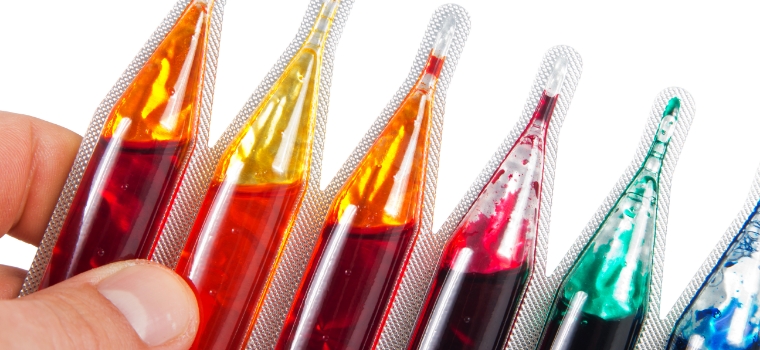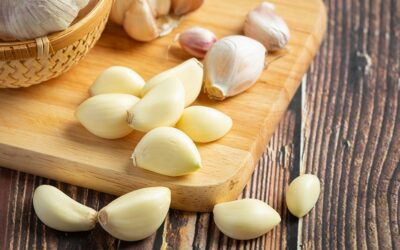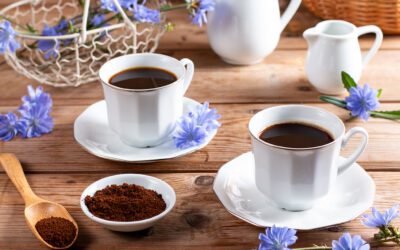Illegal Dyes

The color additives used in a lot of consumable products these days include illegal dyes. Ideally food colours are divided into two categories – natural and artificial. Natural colours or pigments are obtained from vegetables, plants, animals or other minerals, whereas artificial colours are developed in laboratory synthetically to give an aesthetically appealing look and feel to the product. These days consumption of naturally occurring colours has increased worldwide because of mass awareness. People are understanding the fact that toxicity of synthetic colours are harmful for their health. Illegal dyes fall under the category of synthetic colors.
In India, FSSAI is the governing body for standardizing and regulating use of food colors and prohibiting illegal dyes in food and beverages. FSSAI has permitted several colors under category of ‘Colouring Matter’ in the Food and Safety Standards (Food Product Standards and Food Additives) Regulations, 2011. FDA has also mentioned Color Additives (Dyes) use in Title 21 of the Code of Federal Regulations for international clearances. Cultivator Phyto Lab strictly always adhere to these norms and conduct transparent and authentic testing for dyes and colors in products (Human food, Beverages, Cosmetics, and medical equipment).
Identification of illegal dyes in product can lead to problems, restrictions, fines, and penalties on manufacturers and producers. Therefore, we strongly recommend that every product should be checked for illegal dyes before it is distributed in the market. Some of the illegal dyes that are found in the food commonly are – Sudan I to IV, Sudan Orange G, Sudan Red B, Sudan Red G, Sudan Red 7B, Sudan Black B, Synthetic Azo dyes like Butter Yellow, Para Red, Rhodamine B and Orange II. The product including these illegal dyes are considered carcinogens and teratogens. Therefore, they are banned by the statutory governing bodies across the world. Companies should also know that authorities like EU doesn’t permit use of natural dye annatto (E160b) in spices.
Producers and manufacturers are suggested to put their products through rigorous testing process in a reliable, trust-worthy, genuine, and state-of-the-art laboratory as Cultivator Phyto Lab. With the right analysis, they can develop a product befitting the international standards as well.
NEWS AND BLOGS
Find up to date information, news releases, and corporate publications for Cultivator Phyto Lab customers
Celebrate Holi with Safe, Organic, Natural, and Eco-Friendly Colors : A Sustainable Approach
Holi, also known as the "Festival of Colours," is a lively Hindu celebration that symbolises the arrival of spring. It is celebrated with tremendous passion throughout India and the world. Celebrating Holi with organic and natural colors is an excellent way to...
Garlic and Its Incredible Active Bioactive Compound “Allicin”
Allium sativum L., commonly known as garlic and a perennial bulbous plant belonging to the Liliaceae family, is called Rasona in Sanskrit and Lahasun in Hindi. Garlic is a multiple or compound bulb consisting of 10-20 bulblets or segments called cloves, which are...
Do you know Chicory is used as an adulterant or substitute for coffee or tea
Chicory is a plant from the Asteraceae family that produces brilliant blue flowers. It is native to Europe and Asia, but has spread to other regions of the world. Chicory is the primary source of inulin in the food sector, alongside salad, tea, and coffee. Inulin...



